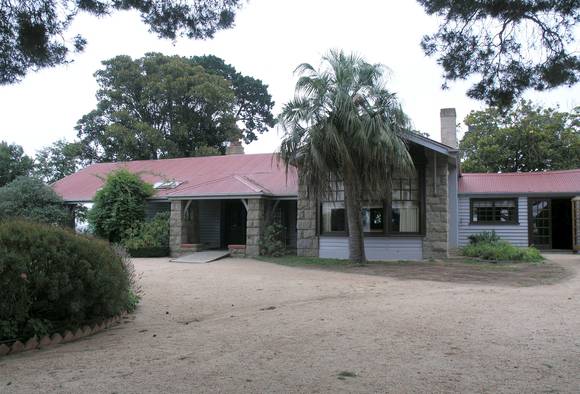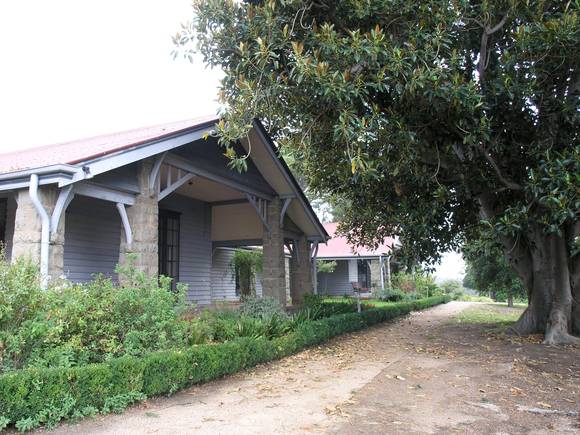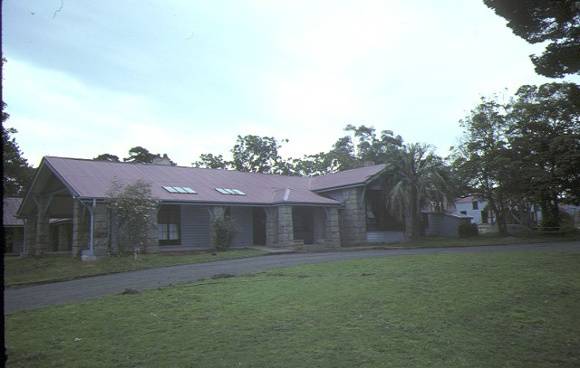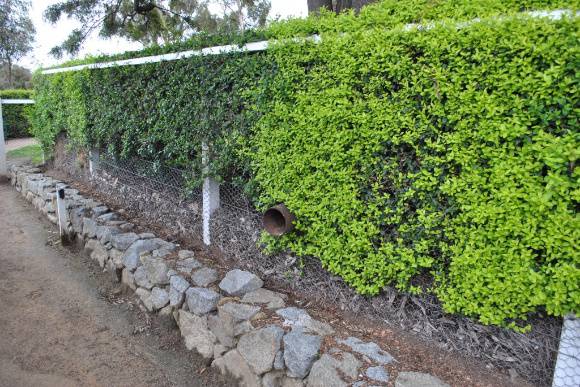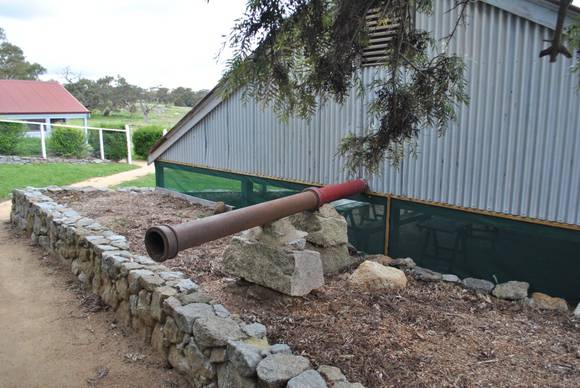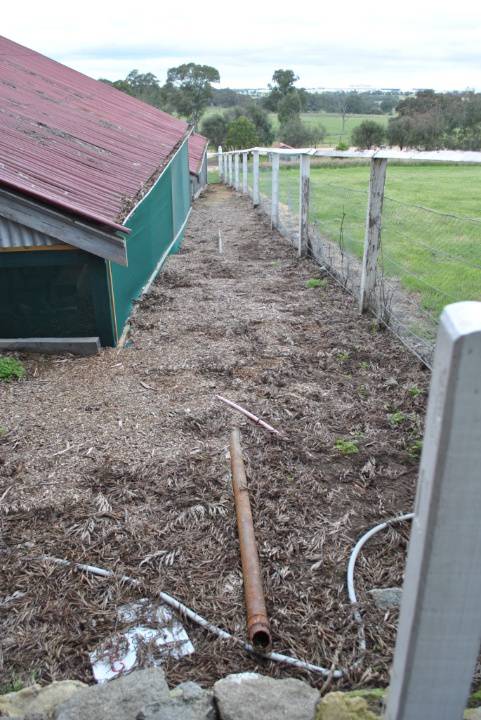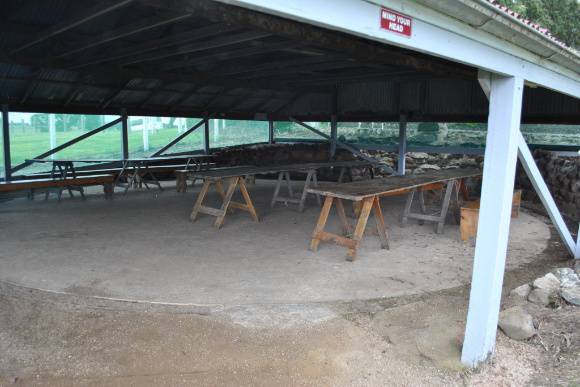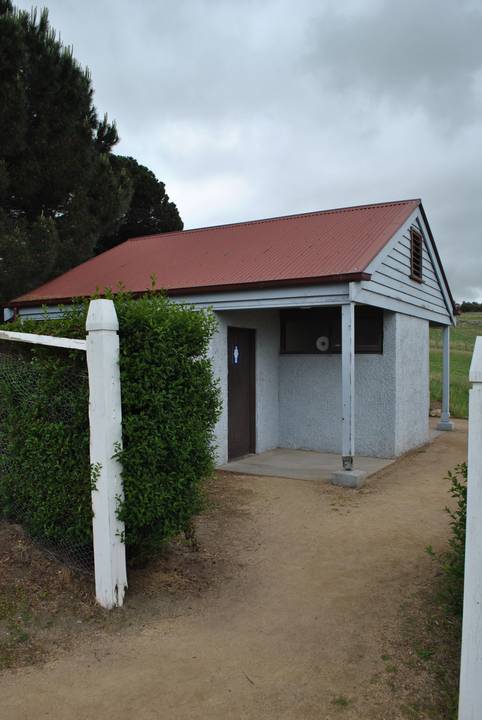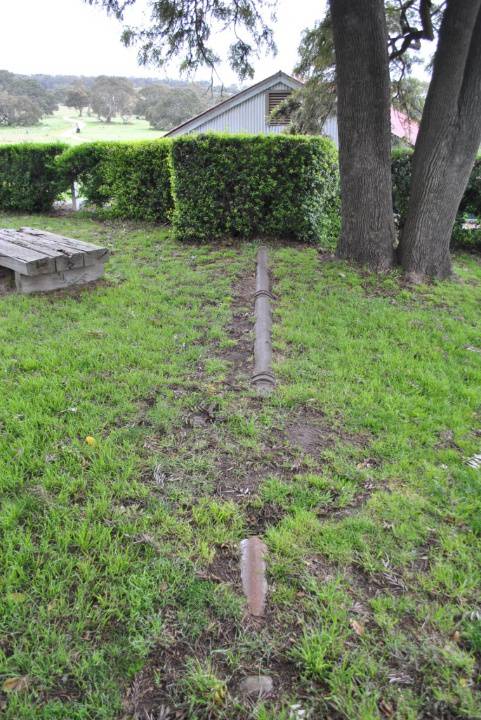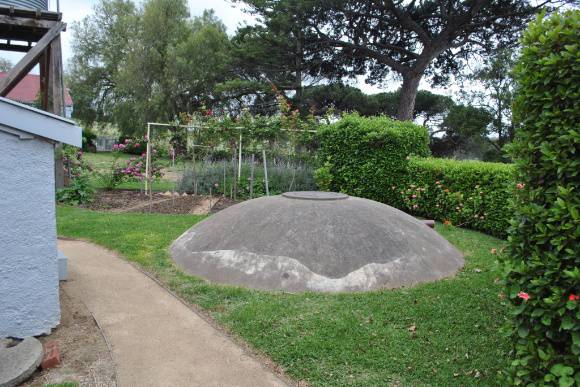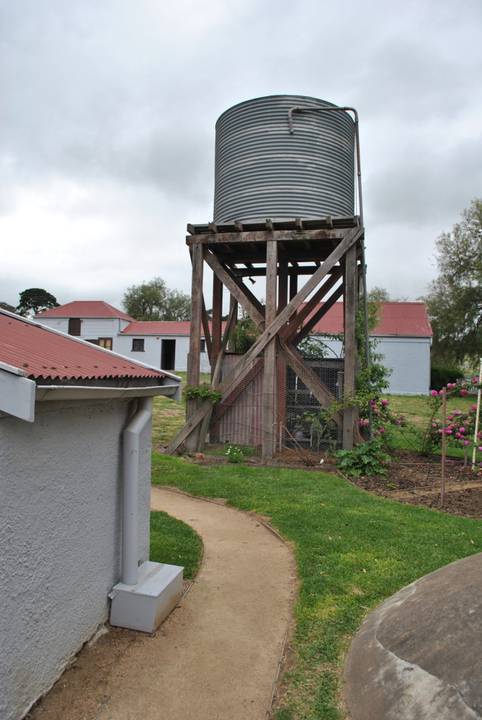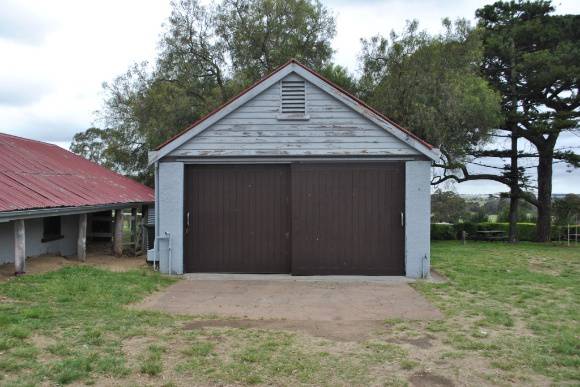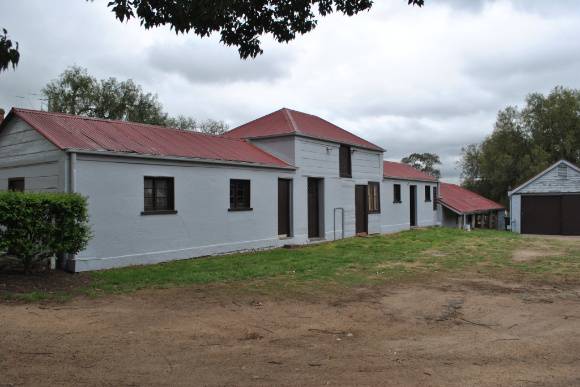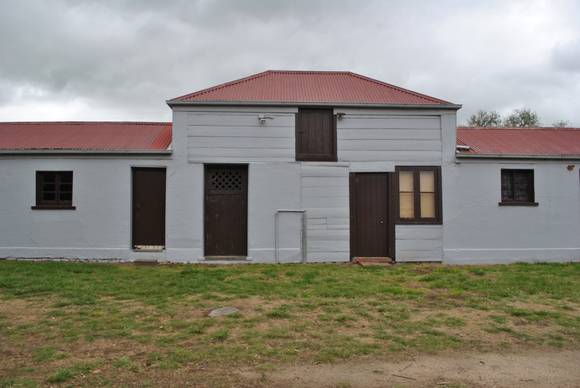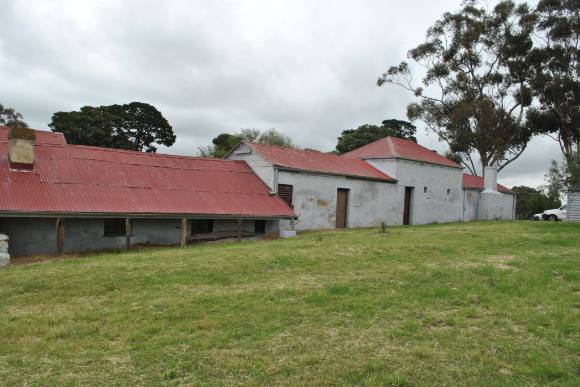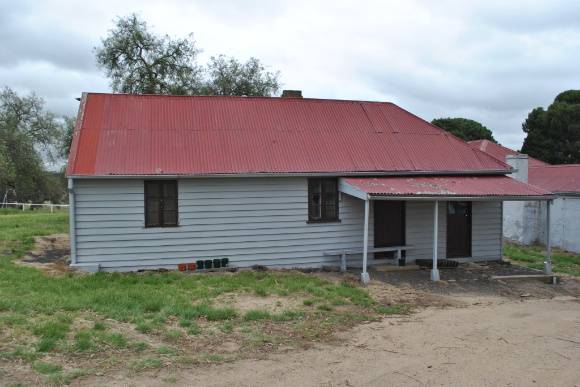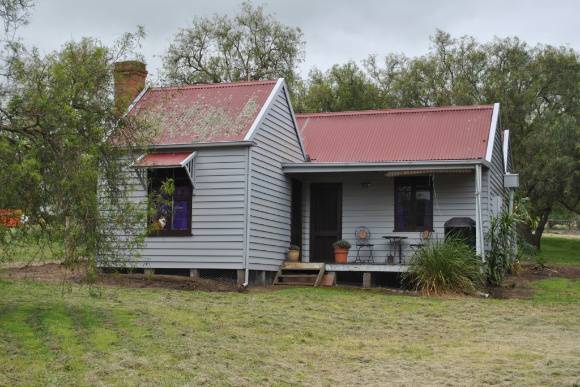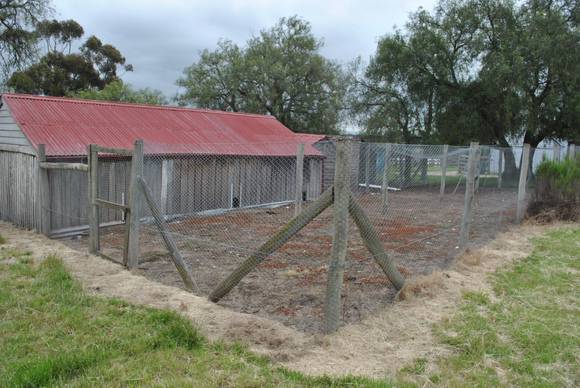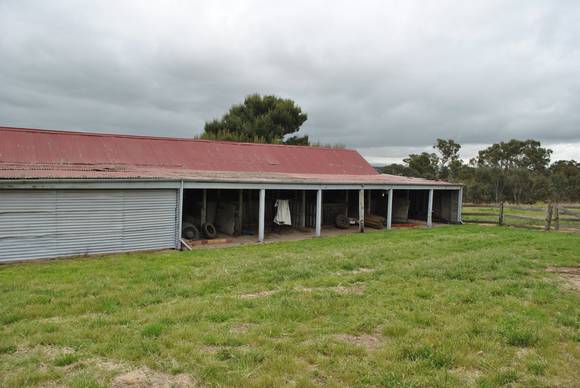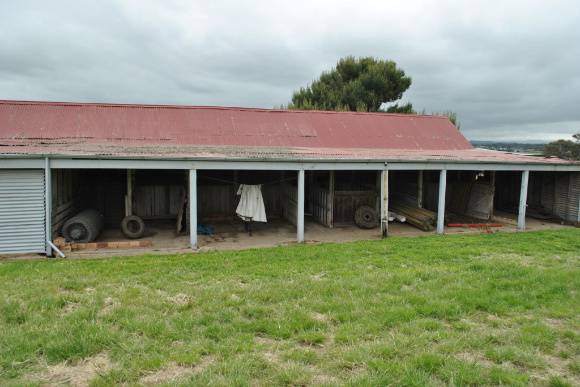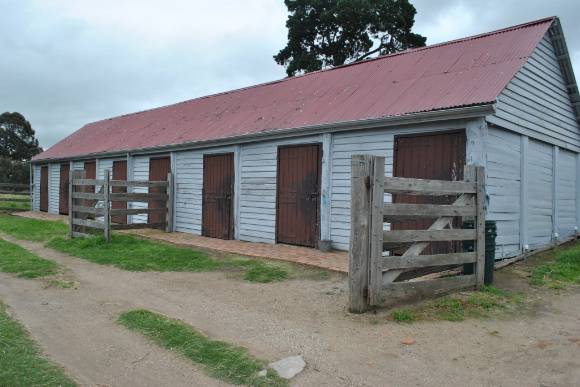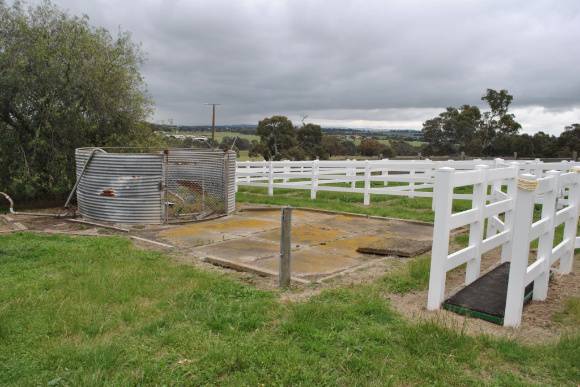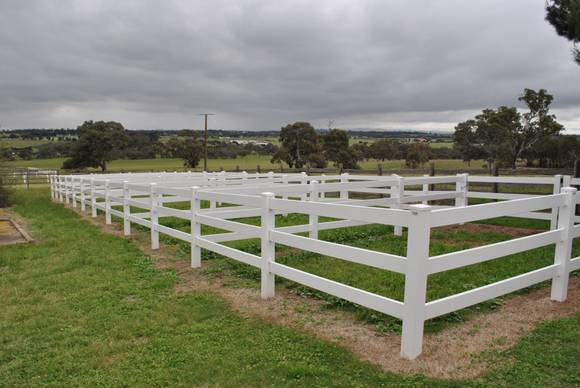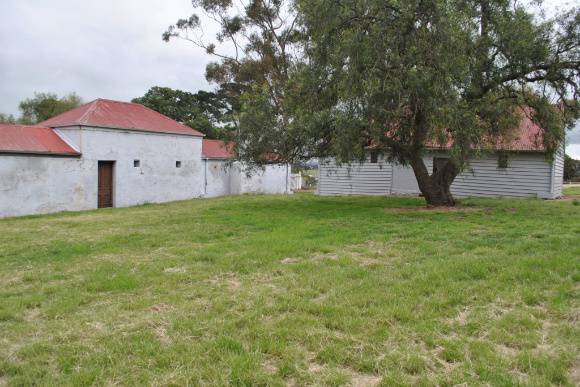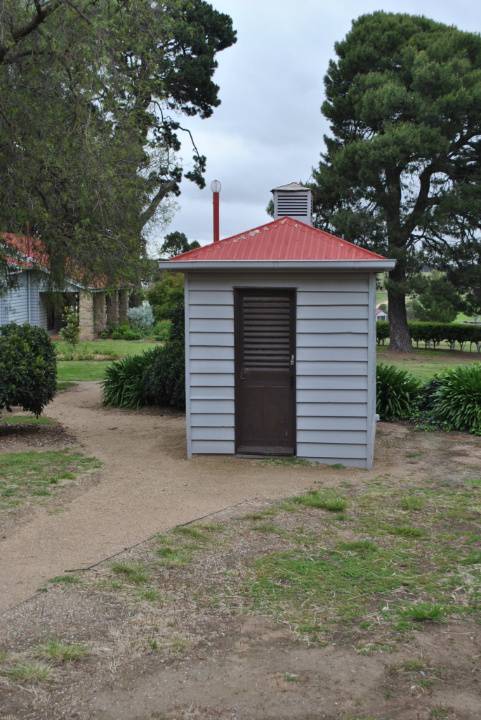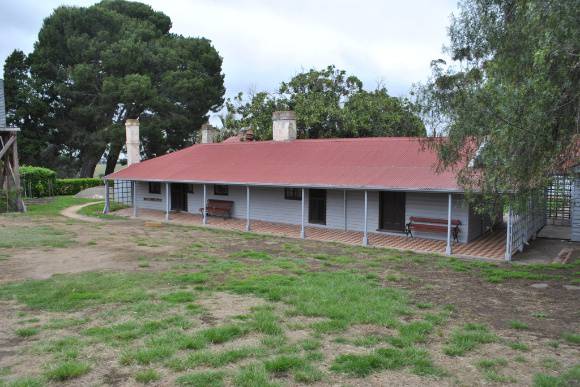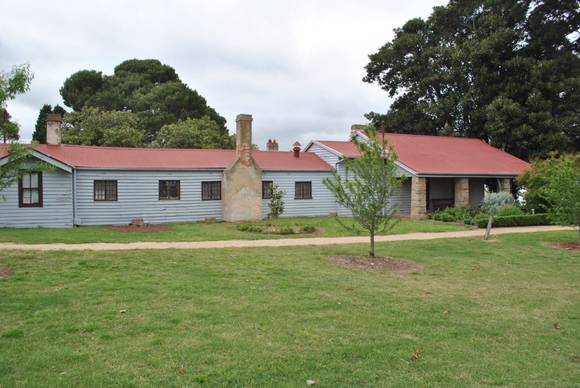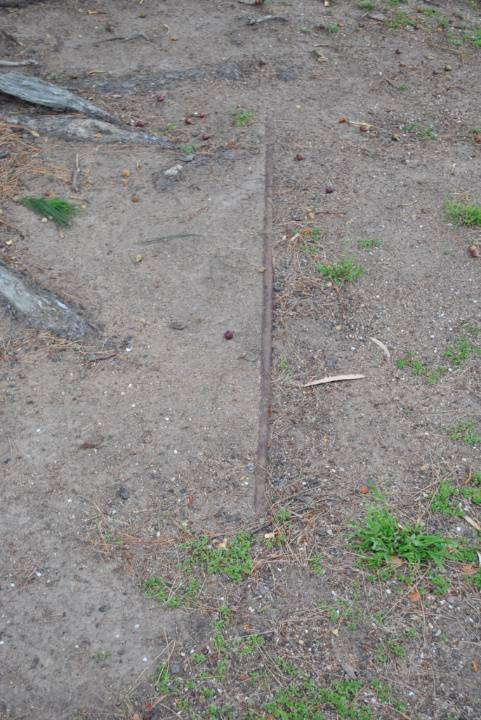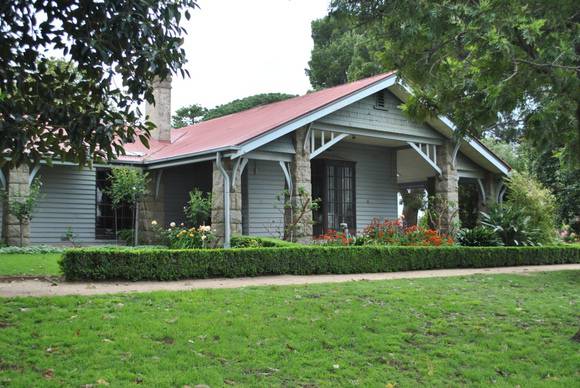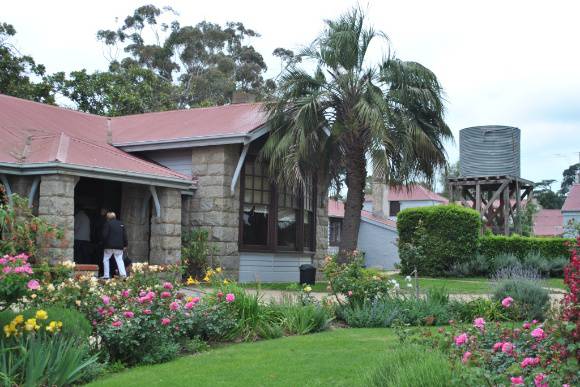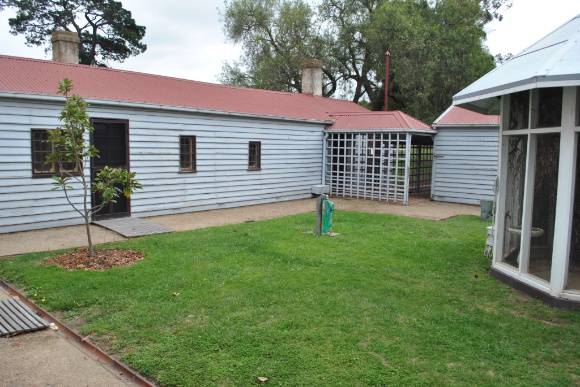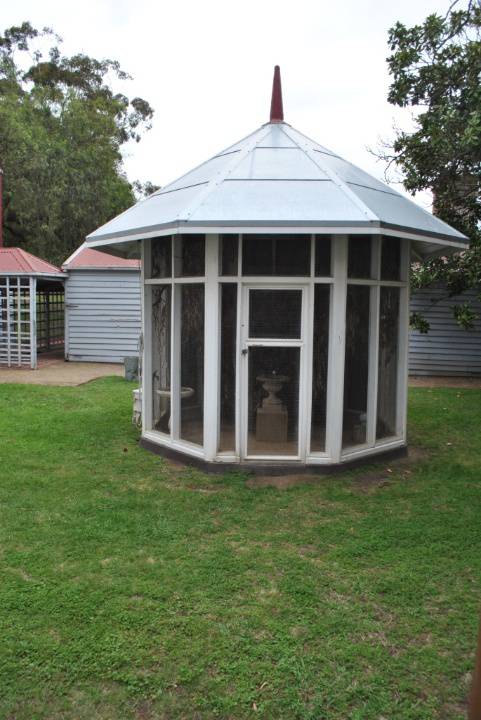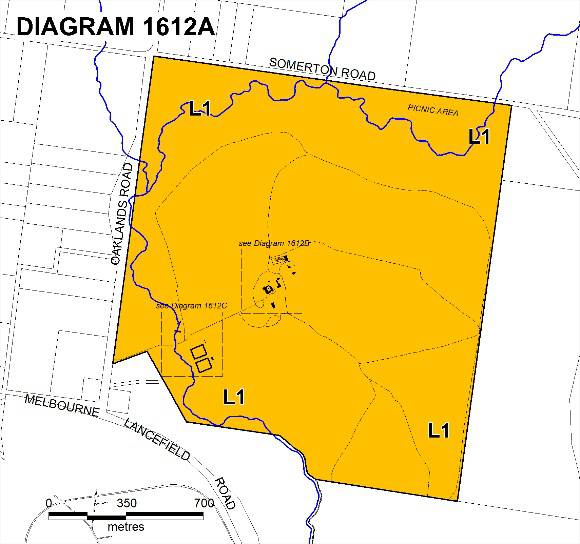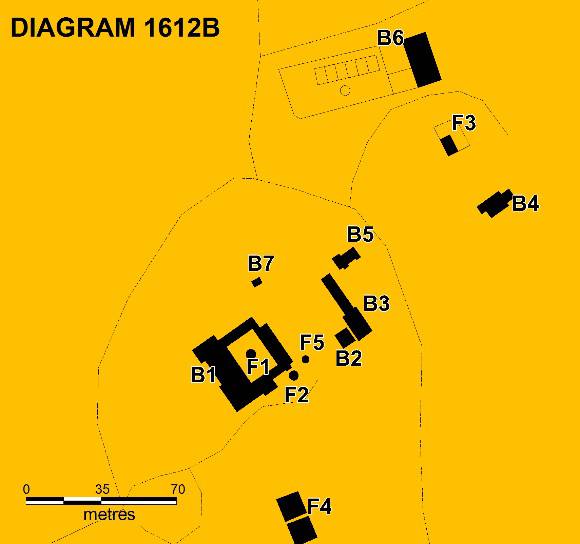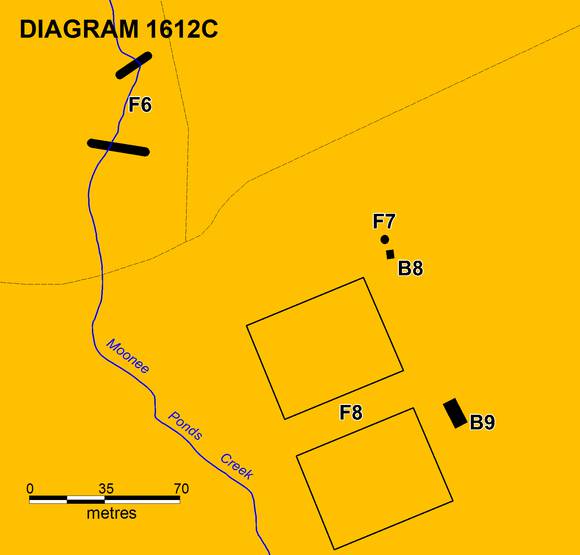| Back to search results » | Back to search page » |
|
WOODLANDS HOMESTEAD, STABLES AND OUTBUILDINGS
Statement of Significance
What is significant? The prefabricated homestead, located within the west wing of the current building, was brought to Australia by William Pomeroy Greene and his wife when they emigrated in 1842. It was manufactured by Peter Thompson of London, one of the major builders of portable houses, and erected in 1843. Greene purchased 671 acres of land in March 1843 and the house was erected by June. The north and south wings, constructed of mainly prefabricated materials, were completed by 1846. The east wing, completed by 1850, is constructed from a mix of prefabricated and local materials. The internal configuration of the homestead is substantially as built, with the exception of the kitchen which was extensively altered in the 1970s. The early decorative schemes of the west wing were painted c.1849. The elegant floriated Regency style decorative schemes were used in four rooms, a columned and marble panelled design in another room, and a tooled ashlar scheme in the hallway. The substantially intact main stables, built in the mid-1840s, included accommodation for a groom, a saddle room, stable areas and loft. Over the years, the main stables also housed many thoroughbreds, including race horses. Primarily constructed of brick and timber, the stables were subsequently enlarged during the late 19th century. The earliest part of the tutor's cottage is believed to date to the mid-1840s and was possibly built for the Greene's tutor and his family. In 1866 the property was purchased by Andrew Sutherland who subsequently sold it in 1873 to pastoralist Charles Brown Fisher who was involved in breeding and racing thoroughbred horses. William Henry Croker, also associated with horse racing, owned the property from 1889 to 1917. During his ownership many of the outbuildings were built or modified. These include the three-roomed men's quarters built late 19th to early 20th century, the upper stables and piggery built mid-19th century and later changed, the timber chicken coops around early 20th century, the aviary around the same time and the external toilet built between 1880s and 1920s. The cistern was installed by the Greenes and covered in 1906. Ben Chaffey (son of George Chaffey) owned the property from 1917 to 1937 and made a number of changes to the original homestead, including the replacement of the west and south verandahs and alterations to the south wing, and he is believed to have built the brick and timber garage. There are two irrigation systems that were constructed by Chaffey. Adjacent to the homestead are two tank sheds (one with a tank), a tank stand, and cast iron pipes. The other system drew water the Moonee Ponds Creek and remnants that can be found near the ford over the creek include: two weirs, a windmill, pump house, tank shed and dams. Other owners of the property were the Kellow family and the Mitchell family. In 1978 654 acres of the original property were compulsorily acquired by the State government for use as a park. Two Southern Magnolia trees (Magnolia grandiflora) in the courtyard, planted in the mid-1840s, are believed to be the earliest surviving plantings of exotic species in the state. Several trees survive from the 1880s, of which the Aleppo pines are considered to be fine specimens. Most of the form and understorey of the garden was established from the 1920s following the installation of the irrigation system. This site is the traditional land of the Wurundjeri.
How is it significant? Why is it significant? Woodlands Homestead, particularly the west wing, is of architectural and scientific (technical) significance as a rare example in Victoria of a large prefabricated timber house from the pre-gold rush period. Although relatively unsophisticated in its structure, it retains most of its early features and fabric. It is the only known representation in Victoria of Peter Thompson's work. The late 1840s decorative paint schemes in the west wing of the homestead are of aesthetic significance as a rare example of elegant Regency style painted decoration. Woodlands Homestead garden is of scientific (botanical) significance for its two Southern Magnolia trees (Magnolia grandiflora). Planted in the mid-1840s, they are believed to be the oldest exotic plantings in Victoria. Woodlands Homestead is of scientific significance for its two irrigation systems, installed by Ben Chaffey in the 1920s. The systems are significant in their entireties and identified remaining elements include adjacent to the homestead: two original tank sheds, one tank, a tank stand and cast iron piping and near the ford over Moonee Pond Creek: two weirs, a windmill, pump house, tank shed and dams. Woodlands Homestead is of archaeological significance for its potential to contain artefacts and subsurface deposits relating to its pre-gold rush period occupation and activities. In particular, the cistern, upper stables and pens, and the original bakery and kitchen have the potential to contain significant artefacts and deposits.
Woodlands Homestead is located within the 820 hectare Woodlands Historic Park in Greenvale. The homestead comprises the main house and its associated structures, remnant garden, and surrounding landscape.
Woodlands Homestead is of historical, architectural, aesthetic, scientific and archaeological significance to the State of Victoria.
Woodlands Homestead is of historical significance as a rare remnant of the early period of settlement in Victoria. Few homesteads survive in Victoria from this period and fewer survive with such intactness. Although it was built over a period of 80 years, the general appearance of the homestead is consistent and the surrounding landscape remains relatively unchanged since the first European settlement in the area.
Group
Farming and Grazing
Category
Homestead Complex


